I remember sometime years ago trying to look on Google Maps on how far one can drive if you were to leave from home and just head South. Curiously enough, every time I’d put in Boston or New York to Ushuaia, the southernmost point in South America, Google Maps would inevitably spit out an error. However, if you were to tweak it and break it up into two segments – say, Boston to Panama and Colombia to Argentina, after a few moments of Google thinking and calculating, you’d get the driving route in front of you.
When people consider the PanAmerican roadtrip, it’s pretty incredible to consider that you can get from as far north as Alaska to as far south as Patagonia in Chile and Argentina on virtually one continuous drive, as almost all of the countries along the way are connected by a network of roads, dubbed Panamericana.
There is one minor exception, however, that does require a bit of advance planning. That is the connection between Panama and Colombia across the dense Darien jungle. That part, called the Darien Gap, around 100km total, is the only break in the road network that would require some solid machete skills to get through.
A few years back, there’s been a ferry that would conveniently solve the problem by taking people from Panama to Colombia, along with their vehicles. The demand wasn’t particularly high, so it promptly ran out of money and has been discontinued. As a result, most travelers have to find another way of getting across.
Into the Container
After beginning our research online for how to get our car across the Darien Gap, we’ve come across a name that would repeatedly show up again and again in different places – Boris. Boris Jamarillo, or as his dad who happens to work with him refers to – Borisito – makes a living as a shipping agent in Panama and has made a name for himself by helping overlanders book a shipping container from Panama to Colombia.
We reached out to Boris via email that we uncovered online and he promptly got back to us. “No problem – you can ship the car either via a container or RORO (roll on, roll off).” With the latter, you just drive the car onto the ship, hand over your keys to the crew, and it shows up on the other side – hopefully with most of your belongings still intact. The risk here is that multiple people have access to the inside of the vehicle and since most of our early possessions were currently in it, we decided to explore the other option.
The former option – shipping with a container is much more secure, as you drive the car inside of one, then it gets locked and secured with a special seal that only gets open with your presence on the other side. The downside is cost – approximately $2,000 to ship a container around 200-300 miles from Colon, Panama to Cartagena, Colombia. As a result, most people end up splitting the container with other overland travelers heading in the same direction.
 One of the thousands of container ships coming and going via Panama.
One of the thousands of container ships coming and going via Panama.
 With proper connections, perhaps a 3rd option also becomes possible for transportation.
With proper connections, perhaps a 3rd option also becomes possible for transportation.
As seen crossing Panama Canal. It’s a top secret, of course, so keep it between us.
As we still had a few weeks prior to the shipping date, we posted an advert on a PanAmerican Traveler Association facebook group – which is a very official sounding name for a group of other unemployed, homeless people traveling around the continents in their vehicles (like ourselves :). It’s been a fantastic resource so far and surely enough, shortly thereafter, we got a lead – a family from the Bay Area traveling with their adorable daughter and a humongous dog through Central and South America. After discussing and agreeing on the dates and some logistics, we confirmed it with Boris, the shipping agent, and were in business.
The Shipping Week
The shipping would occur in the last week of March. With the container ship leaving on Thursday, we had Monday and Tuesday to run around Panama City to get through all of the paperwork and inspections and load the cars into the container.
At the customs inspection office, we’ve met another group of overlanders – one couple from France driving a WV Westfalia van that they purchased through Craigslist in California, another couple from the states driving a Toyota 4Runner and traveling indefinitely, and a young guy from Germany on a motorbike. They were splitting another container between themselves, but we’d all be on the same schedule and going through the process together. As such, the journey among the 10 of us would become closely intertwined over the next week.
After getting all of the inspections and paperwork completed, we reconvened on Tuesday to do the actual loading. The plan was to meet in Colon, about an hour away from Panama City at 7.30am. When we showed up, we were greeted by Boris’ dad who runs the shipping agency and we headed to the loading area.
At the loading area, we had a tow truck standing by ready to help us lift the vehicles to get them into containers. It took a couple of hours to get them all inside and secure them, but by noon, the process was pretty much done and everyone dispersed to make their own way to Colombia.






Some people, such as ourselves, flew over from Panama to Cartagena – a short 40 minute flight. Others took a more scenic option of sailing between these 2 points in one of the many sailboats that ply that route with salty captains at the helm.
While waiting for the container ship to sail and arrive, we spend about a week in Cartagena exploring the town and taking it fairly easy. Towards the end of the week, we got the good news – notification from the shipping company that the ship has arrived and will be ready for unloading on Monday. Along with the notification, we received a detailed 21-step checklist that detailed what needed to be done in order to retrieve our vehicles from the containers.
Having been involved in shipping multiple containers of products from China to the U.S. over the last few years, it has been fascinating to see what’s actually involved in unloading a container yourself as an individual. Overall, I think the process can be described as slightly chaotic, slightly maddening, with a whole lot of waiting in between – but mainly it still works OK.




Within 2 days, we got our 4 cars and a motorcycle out of the container, cleared customers, and were on our way again to continue on the Panamerican highway further South.
(In case, you’re ever looking to this yourself, the process takes about 8 days from start to finish and will run about $1,200 per vehicle, assuming you’re sharing the container with someone else. This is the man that can make it happen: Boris Gabriel Jaramillo Silva – boris_jaramillo@hotmail.com).
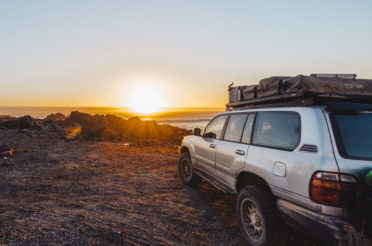

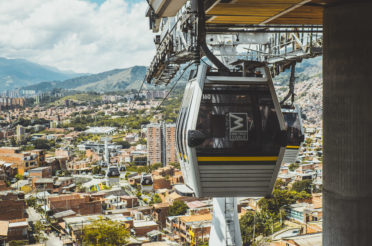
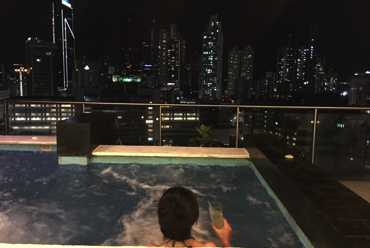
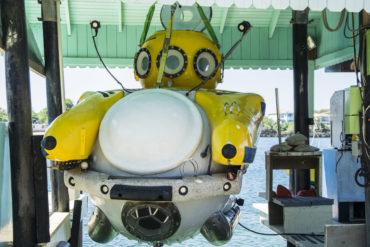

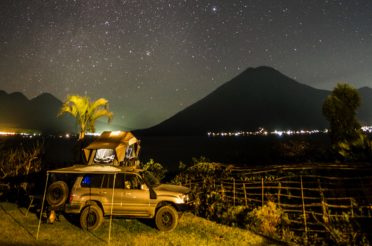

Leave a Reply